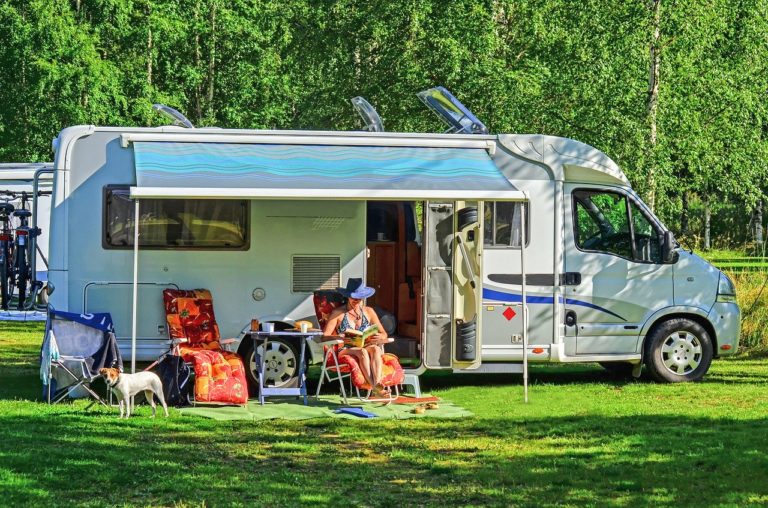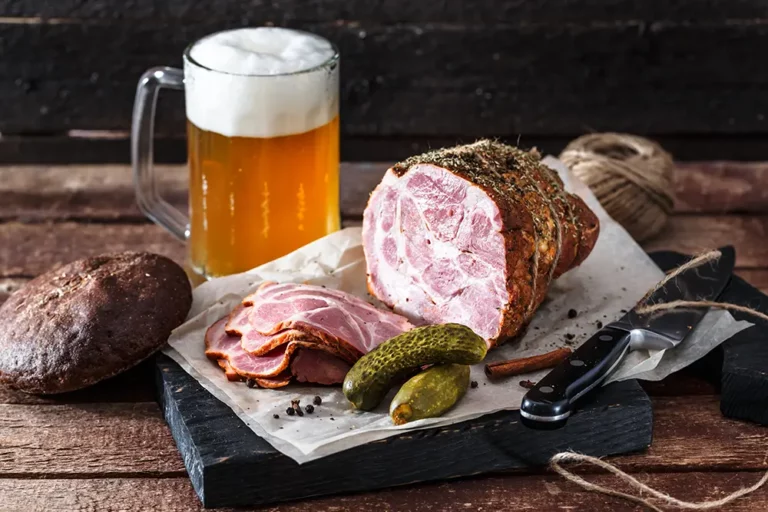How to Smoke a Ham: A Step-by-Step Guide to Delicious Smoky Flavor
Smoking a ham is a cooking technique that involves flavoring and preserving the meat by exposing it to smoke from burning wood. The process of smoking a ham can take several hours or even days, depending on the size of the ham and the desired level of smokiness. But oh boy is it worth the wait!
The benefits of smoking a ham are numerous. First and foremost, smoking enhances the flavor of the meat by adding a unique smoky taste that cannot be achieved through other cooking methods. Smoking also helps to preserve the meat by inhibiting the growth of bacteria and other microorganisms, which can cause spoilage.
In addition to its flavor and preservation benefits, smoking a ham is also a great way to cook the meat without adding extra fat. Unlike other cooking methods, such as frying or roasting, smoking doesn’t require any additional oil or fat, making it a healthier option for those who are watching their fat intake. Especially during the holidays like Thanksgiving, Easter and Christmas!
Another benefit of smoking a ham is that it can be a fun and rewarding experience for those who enjoy cooking and experimenting with different flavors. With so many different types of wood available, each with its own unique flavor profile, the possibilities for customizing the taste of a smoked ham are virtually endless.
Overall, smoking a ham is a great way to add flavor and preserve the meat, while also providing a healthier cooking option that allows for endless creativity in the kitchen. So go grab a few hams and let get smokin’!
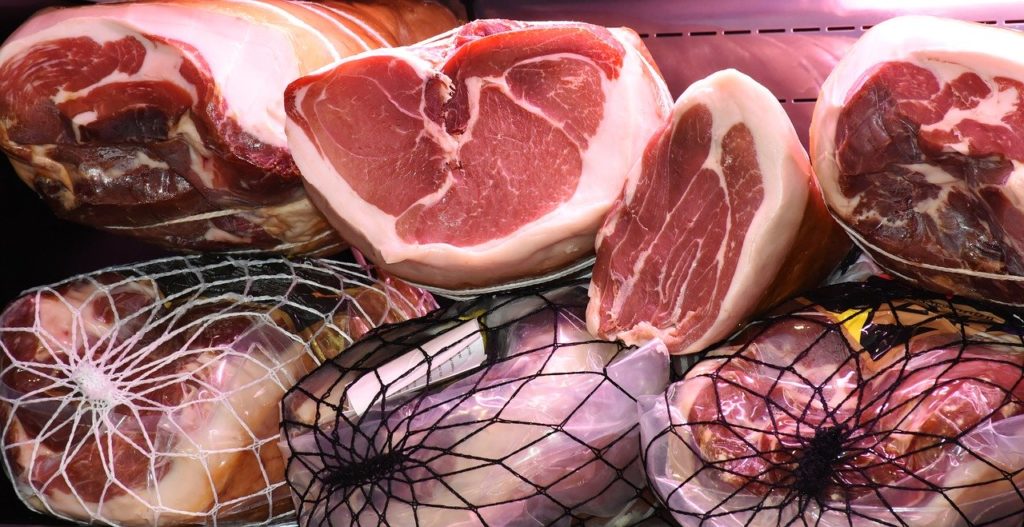
Choosing The Right Ham To Smoke
If you’re planning on smoking a ham, the first step is to choose the right type of ham. Here are some tips to help you select the perfect ham for smoking. By following these tips, you can select the perfect ham for smoking and ensure that your smoked ham is juicy, flavorful, and delicious.
- Choose a fresh ham: When choosing a ham for smoking, it’s important to choose a fresh ham rather than a pre-cooked ham. A fresh ham will have more moisture and will absorb the smoke better, resulting in a more flavorful and juicy ham.
- Look for the right cut: The best cut of ham for smoking is the shank end or the butt end. These cuts have more fat and connective tissue, which will help keep the ham moist during the smoking process.
- Consider the size: The size of the ham is also important. A ham that is too small may dry out during smoking, while a ham that is too large may take too long to smoke. Aim for a ham that is between 8-12 pounds.
- Choose a quality ham: When it comes to flavor, the quality of the ham is key. Look for a ham that is from a reputable source, preferably one that is free from hormones and antibiotics. Or, even better, a locally sourced ham at a local butcher would be best!
- Determine the level of saltiness: Different types of hams have varying levels of saltiness. If you prefer a less salty ham, look for a fresh ham that hasn’t been cured for too long. If you prefer a saltier ham, look for a ham that has been cured for a longer period of time.
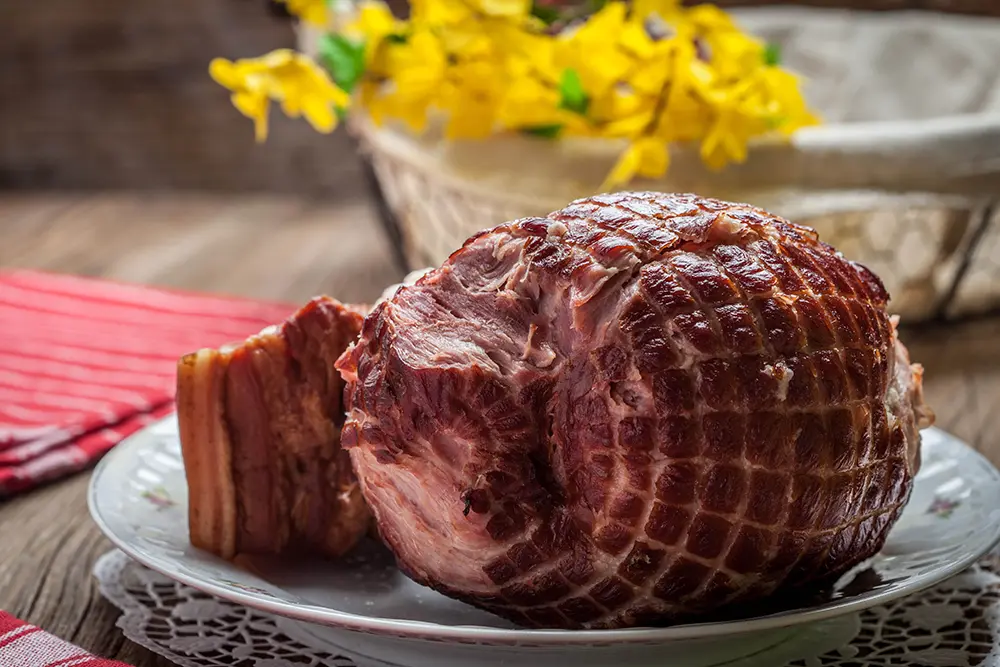
Preparing A Ham For Smoking
Preparing a ham for smoking is an essential step to ensure that the end result is flavorful, juicy, and perfectly smoked. Here are the steps you need to follow:
- Choose the right ham: First, make sure that you have chosen the right type of ham, as discussed earlier. Ensure that the ham is thawed if it is frozen.
- Trim the fat: Trim the thick outer layer of fat, leaving a thin layer of about 1/4 inch. This will ensure that the ham is not overly greasy and that the smoke penetrates the meat.
- Score the ham: Use a sharp knife to make shallow cuts in the surface of the ham, forming a diamond pattern. This will help the smoke to penetrate deeper into the meat.
- Brine the ham: Prepare a brine solution with salt, sugar, and any other desired seasonings, and immerse the ham in the brine for several hours. This will add flavor and keep the ham moist during the smoking process.
- Dry the ham: After removing the ham from the brine, pat it dry with paper towels to remove any excess moisture. This will help the smoke adhere to the ham and prevent it from becoming overly salty.
Once you have prepared the ham for smoking, you can proceed to the smoking process. Following these steps will help you achieve a perfectly smoked ham with a delicious, smoky flavor.
Brining Your Ham Before Smoking It
Brining is a popular technique for adding flavor and moisture to meat before smoking, and it’s an important step for preparing a ham for smoking. The process involves soaking the meat in a solution of salt, sugar, and other seasonings to infuse it with flavor and tenderize it.
Ingredients for Brine:
- 1 gallon of water
- 1 cup of kosher salt
- 1 cup of brown sugar
- 1 tablespoon of black peppercorns
- 2 bay leaves
- 1 tablespoon of dried thyme
- 1 tablespoon of garlic powder
Instructions for Brining Ham:
- In a large pot, combine the water, salt, sugar, peppercorns, bay leaves, thyme, and garlic powder. Bring the mixture to a simmer and stir until the salt and sugar have dissolved.
- Remove the pot from the heat and let the brine cool to room temperature.
- Place your ham in a large container (or brining bag) and pour your brine over it. Make sure the ham is fully submerged in the brine before proceeding.
- Refrigerate the ham in the brine for 12-24 hours, depending on the size of the ham. I know it’s a long time, but it’s worth it!
- Remove the ham from the brine and rinse it thoroughly under cold running water. Pat it dry with paper towels before proceeding with the smoking process.
It’s important to note that the brine time and temperature will vary depending on the size and type of your ham. A general rule of thumb, is to brine the ham for 1 hour per pound of meat. But be sure to check the recipe or manufacturer’s instructions for specific guidelines. Additionally, it’s very important to keep the ham and brine at a safe temperature of 40°F or below while brining to prevent bacterial growth.
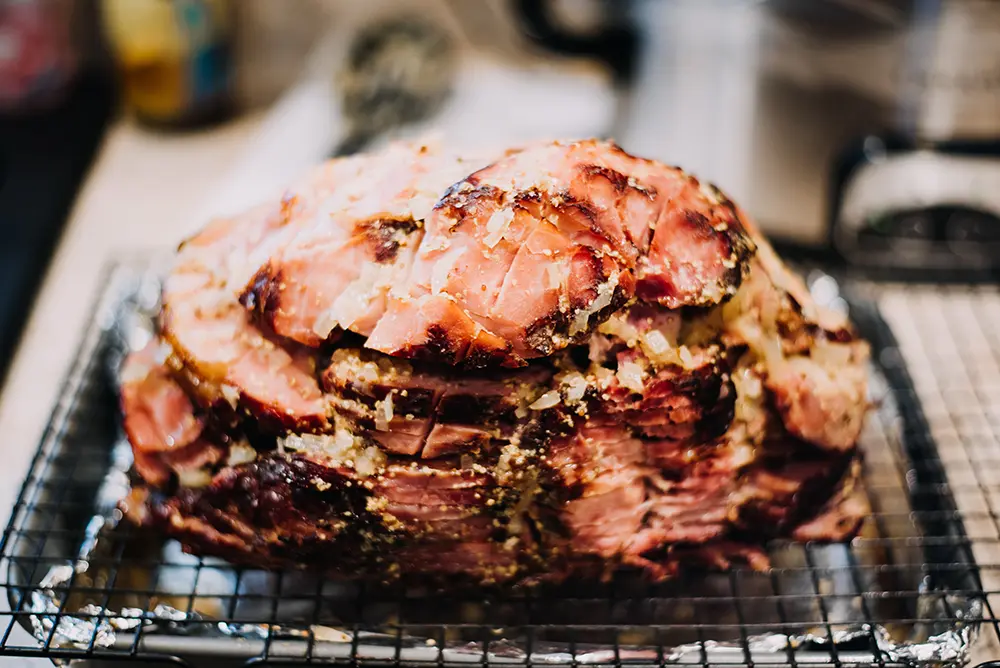
Preparing Your Smoker
Before smoking a ham, it’s important to choose the right wood for smoking and to set up your smoker correctly. When it comes to selecting the right wood for smoking, you’ll want to choose a hardwood that will impart a flavorful smoke without overwhelming the taste of the meat. Hickory and applewood are popular choices for smoking ham, but you could also use oak, maple, or cherry wood. It’s best to avoid softwoods like pine, cedar, and spruce, as they can release a resinous smoke that can ruin the taste of your ham.
Once you’ve selected your wood, you’ll need to set up your smoker according to the manufacturer’s instructions. Make sure the smoker is clean and in good working order before you begin. You’ll also need to fill the water pan in the smoker with water, which will help keep the temperature low and moisten the air inside the smoker. Some people use other liquids instead of water to add unique flavors. I like o use beer or apple cider vinegar for my smoked meats.
By following these steps and taking care to choose the right wood, set up your smoker correctly, and properly prepare your ham for smoking, you’ll be well on your way to creating a delicious smoked ham that’s sure to be a hit at your next gathering.
Smoking Your Ham
After you have prepared your smoker and chosen the right type of wood, it’s time to place your ham into the smoker. Make sure that your smoker is at the right temperature, which should be around 225-250°F. Always low and slow when it comes to smoking meat!
Remove the ham from the brining solution and rinse it thoroughly with cold water. Pat it dry with a paper towel and place it on a wire rack. This allows the smoke to fully penetrate the ham from all sides.
Once the ham is on the wire rack, carefully place it in the smoker. Make sure that there is enough space between the ham and the walls of the smoker to allow for proper air flow. You can also use a meat thermometer to monitor the internal temperature of the ham while it smokes. Be sure to ask for a hand if needed, there’s nothing worse than dropping a whole ham on the ground.
Keep the smoker lid closed as much as possible to maintain a consistent temperature. You can add more wood chips or chunks to the smoker every 30 minutes to an hour to maintain the smoke. Remember, the key is to smoke the ham low and slow to get that perfect flavor and texture.
The smoking time will vary depending on the size of the ham and the type of smoker you are using. As a general rule, plan for about 1.5 hours of smoking time per pound of meat. Once the ham reaches an internal temperature of 145°F, it’s ready to be removed from the smoker. Let it rest for about 20-30 minutes before slicing and serving.
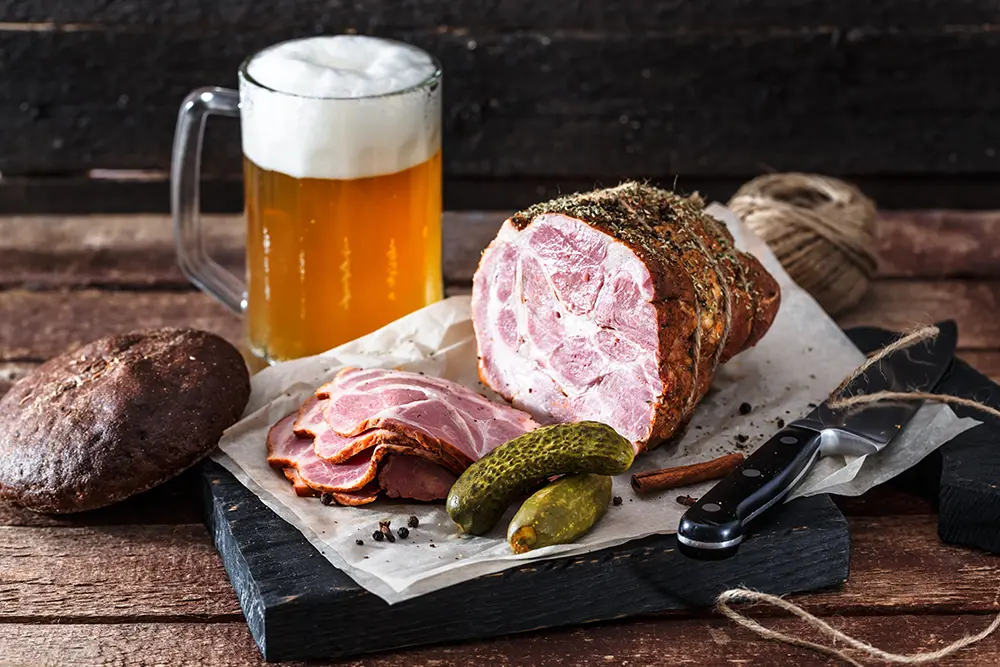
Finishing The Smoked Ham
After smoking the ham for several hours, it is important to ensure that the internal temperature reaches at least 145°F (63°C) to make it safe for consumption. This can be done using a meat thermometer to check the temperature. Once the ham reaches the desired temperature, it can be removed from the smoker and allowed to rest for about 15-20 minutes before slicing. Be sure to make several test for temperature before you remove the ham. Always check the thickest part of the ham to test, as this part will cook the slowest.
If you prefer a sweeter flavor, you can brush the ham with a glaze made of honey, brown sugar, and spices such as cinnamon, cloves, and nutmeg. The ham can then be placed back in the smoker for another 15-20 minutes to allow the glaze to set. I really recommend taking this step as it is a game changer!
Finally, the ham can be sliced and served hot or cold, depending on your preference. Smoked ham can be stored in the refrigerator for up to a week, or in the freezer for several months. But who could wait that long to have some delicious smoked ham!
Smoking a ham is a great way to add flavor to this delicious meat. With a little bit of preparation and the right technique, you can create a mouth-watering smoked ham that will impress your friends and family. Just be sure to choose the right type of ham, prepare it properly, and monitor the smoking process to ensure the best possible outcome. I hope you’re next smoked ham is a hit at your next gathering!



